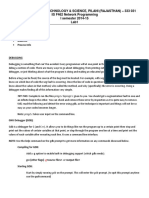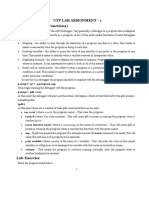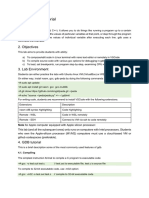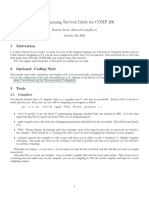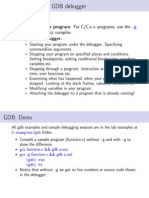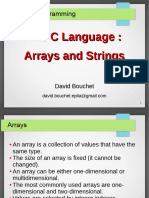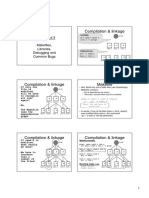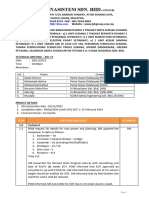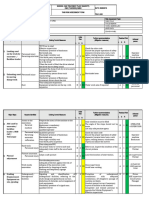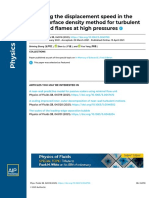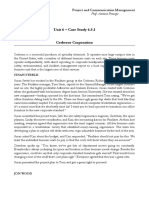0% found this document useful (0 votes)
9 views17 pagesC Profiling
This document covers profiling and debugging in C programming, highlighting the importance of program safety and common debugging practices. It discusses tools like gdb for debugging and valgrind for profiling, emphasizing the need for proper memory management and error detection. The document also notes that while C is a powerful language, it requires careful handling to avoid runtime errors.
Uploaded by
No BodyCopyright
© © All Rights Reserved
We take content rights seriously. If you suspect this is your content, claim it here.
Available Formats
Download as PDF, TXT or read online on Scribd
0% found this document useful (0 votes)
9 views17 pagesC Profiling
This document covers profiling and debugging in C programming, highlighting the importance of program safety and common debugging practices. It discusses tools like gdb for debugging and valgrind for profiling, emphasizing the need for proper memory management and error detection. The document also notes that while C is a powerful language, it requires careful handling to avoid runtime errors.
Uploaded by
No BodyCopyright
© © All Rights Reserved
We take content rights seriously. If you suspect this is your content, claim it here.
Available Formats
Download as PDF, TXT or read online on Scribd
/ 17



